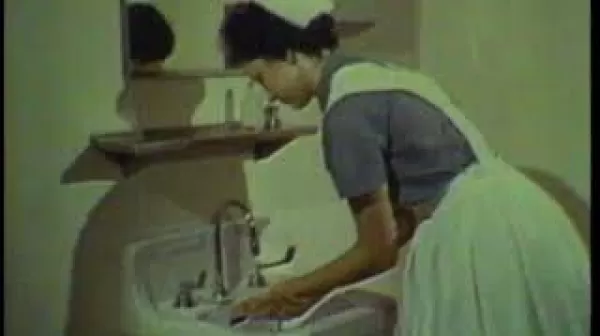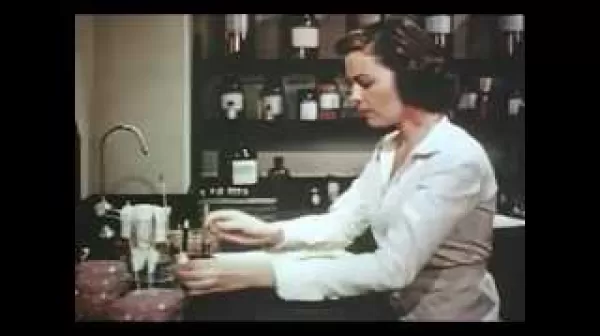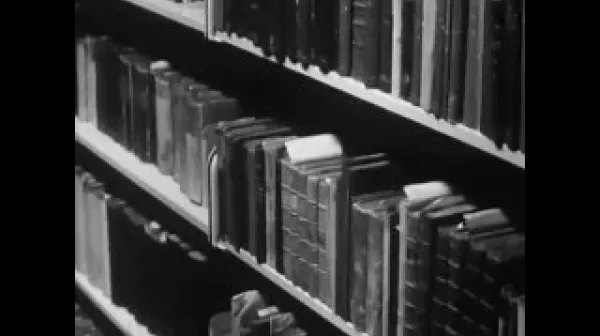Syphilis: Management of Syphilis in General Practice (USPHS, 1942)
This film explains the early, late, and latent diagnoses of syphilis and shows its treatment with different methods. The methods include drugs, artificial fever therapy, and prophylaxis. The film also shows a chart with different drugs and their dosages and contraindications. In addition, it explains the importance of having venereal disease educational media, e.g., pamphlets, posters, radio broadcasts, motion pictures, lectures, and seminars. Locations include: doctor's office, hospital, and venereal disease clinic. Produced by the United States Public Health Service.









